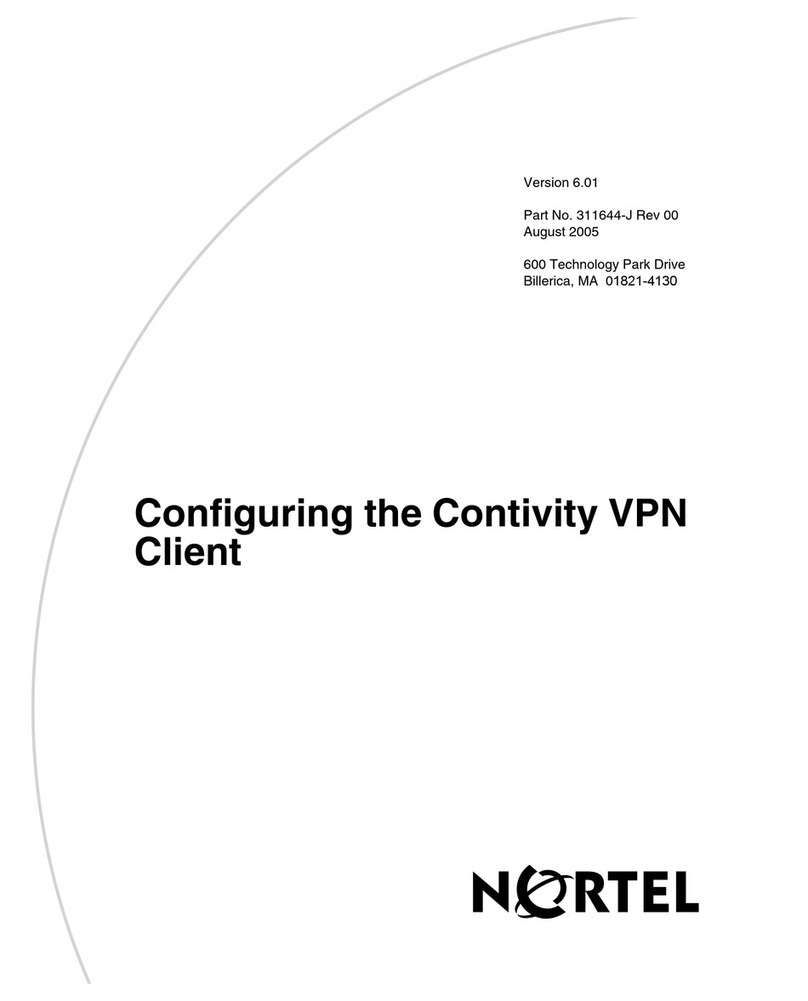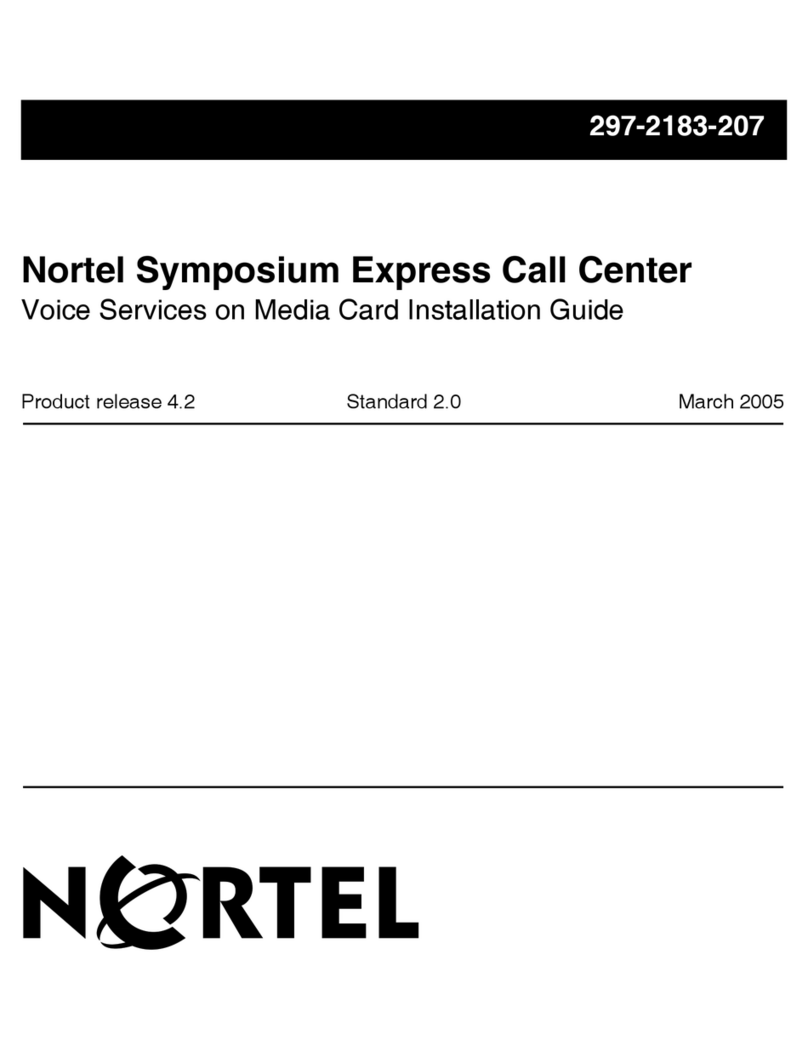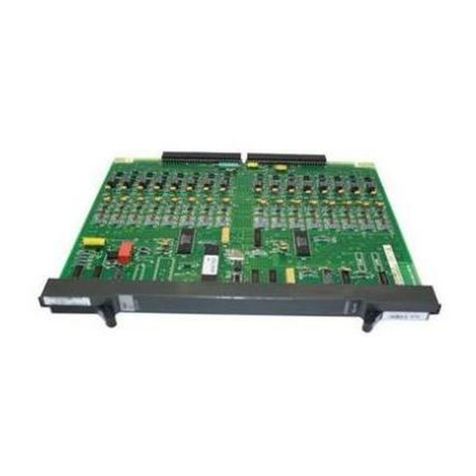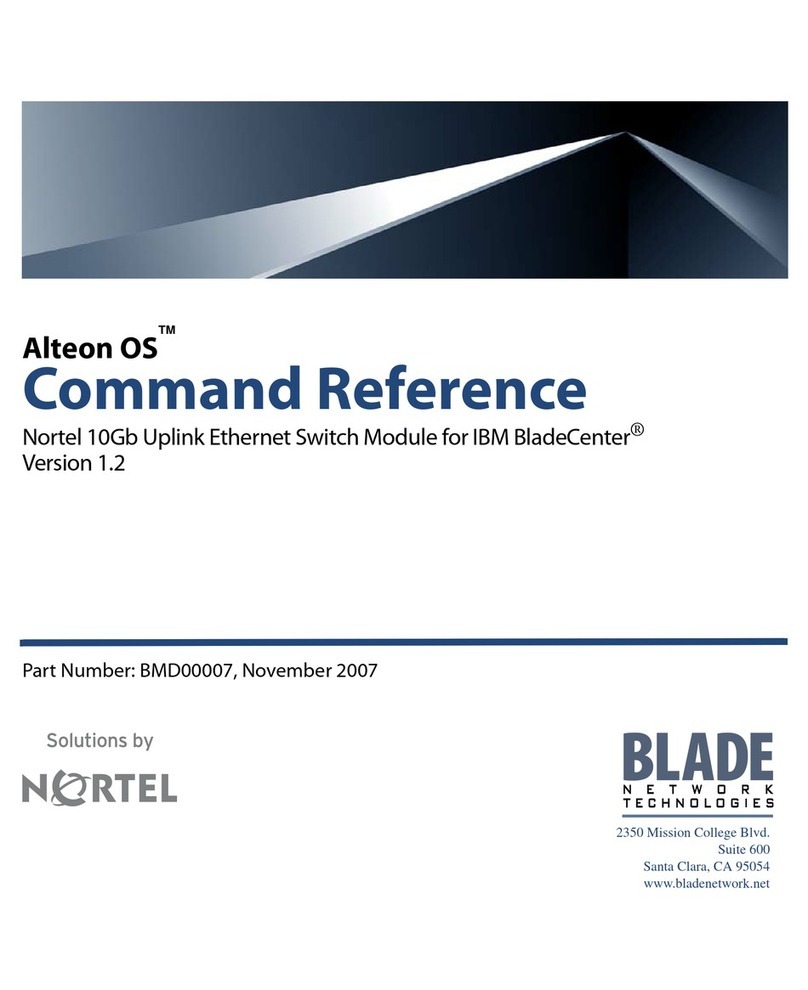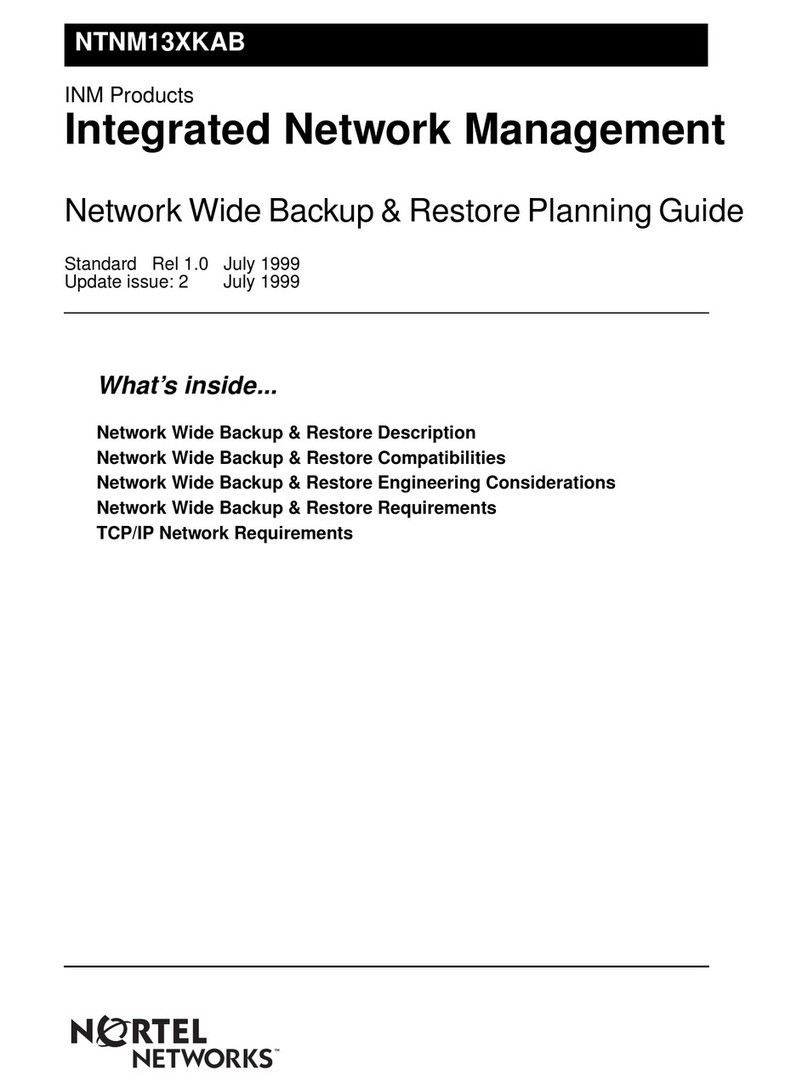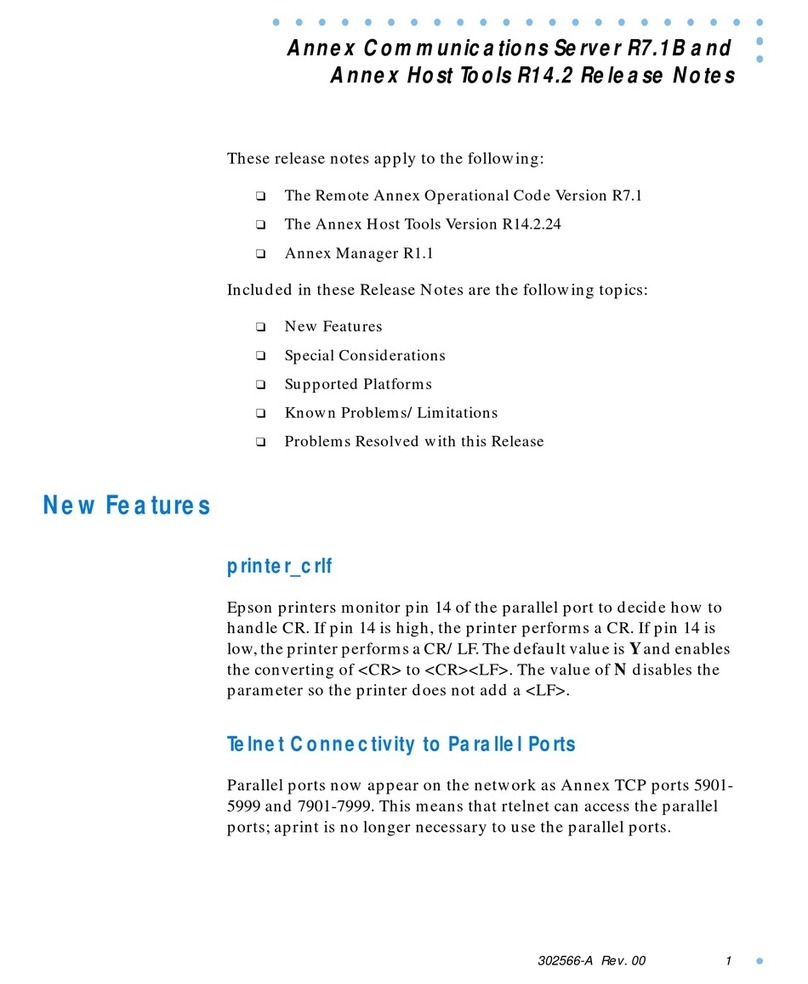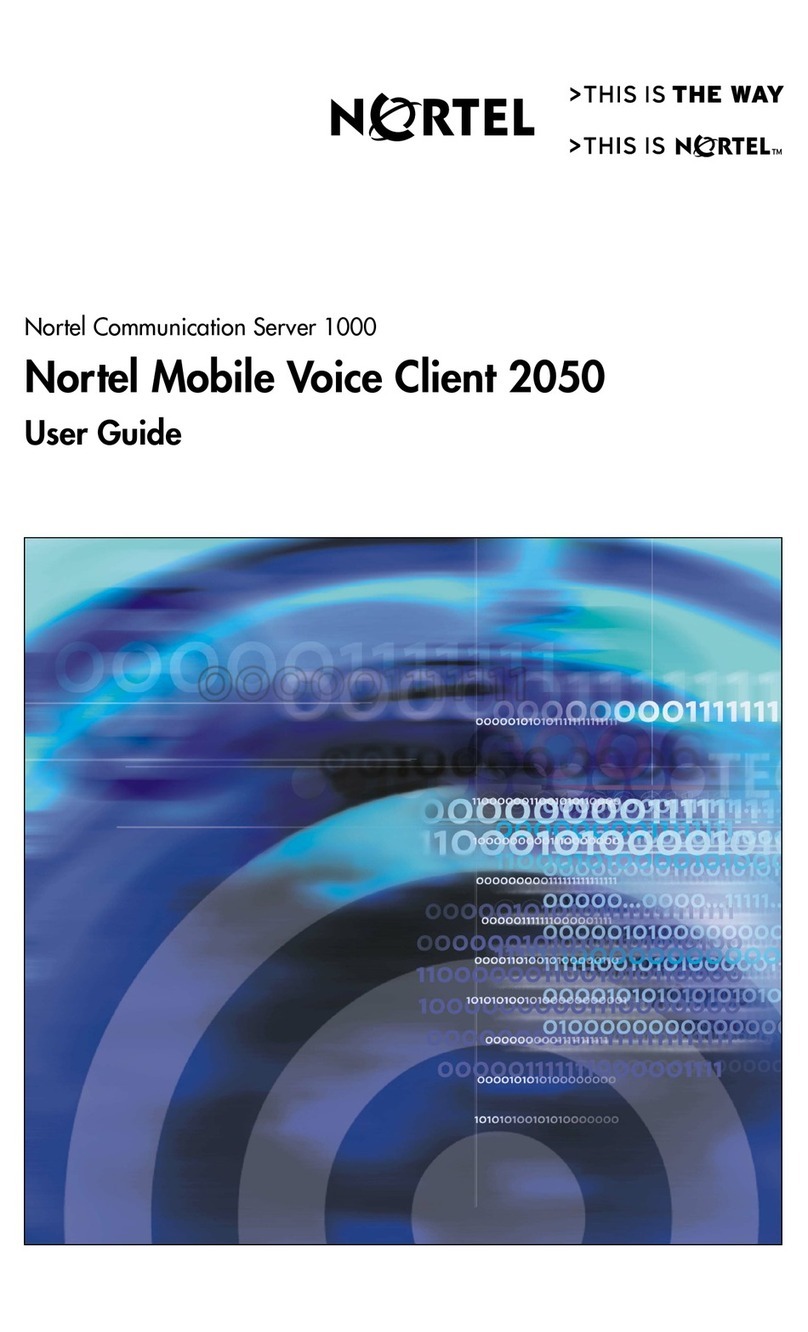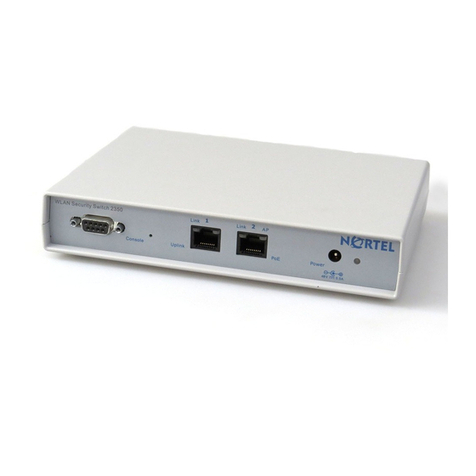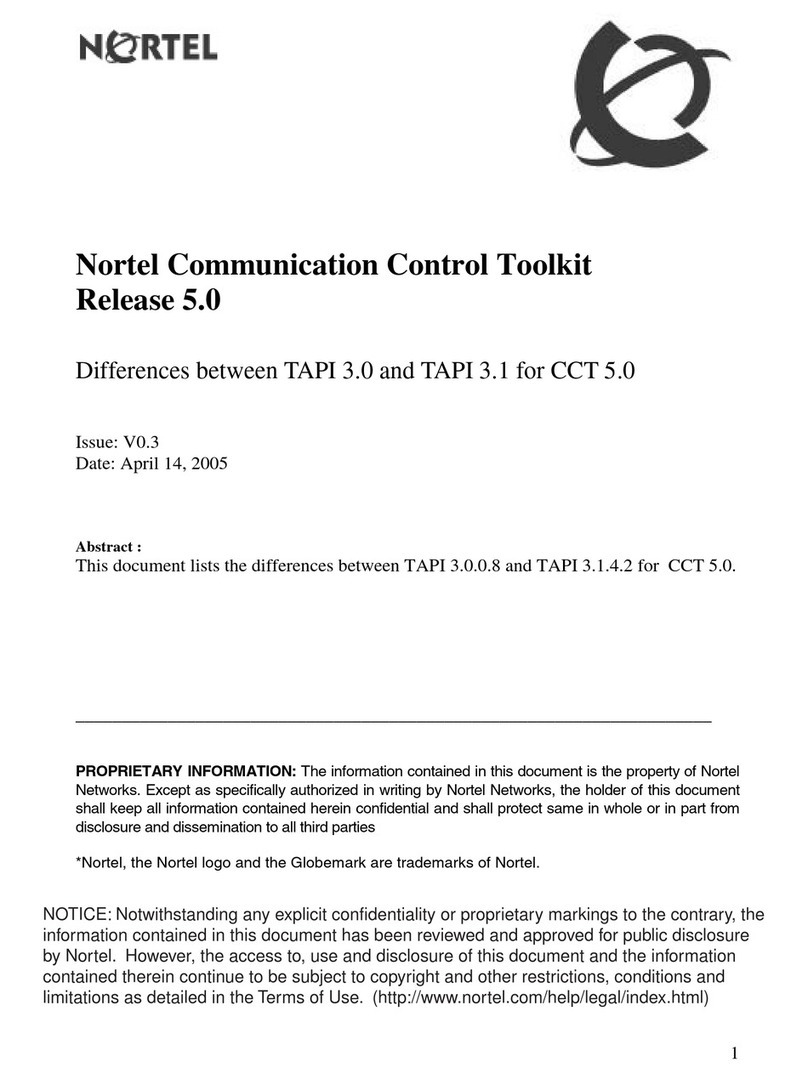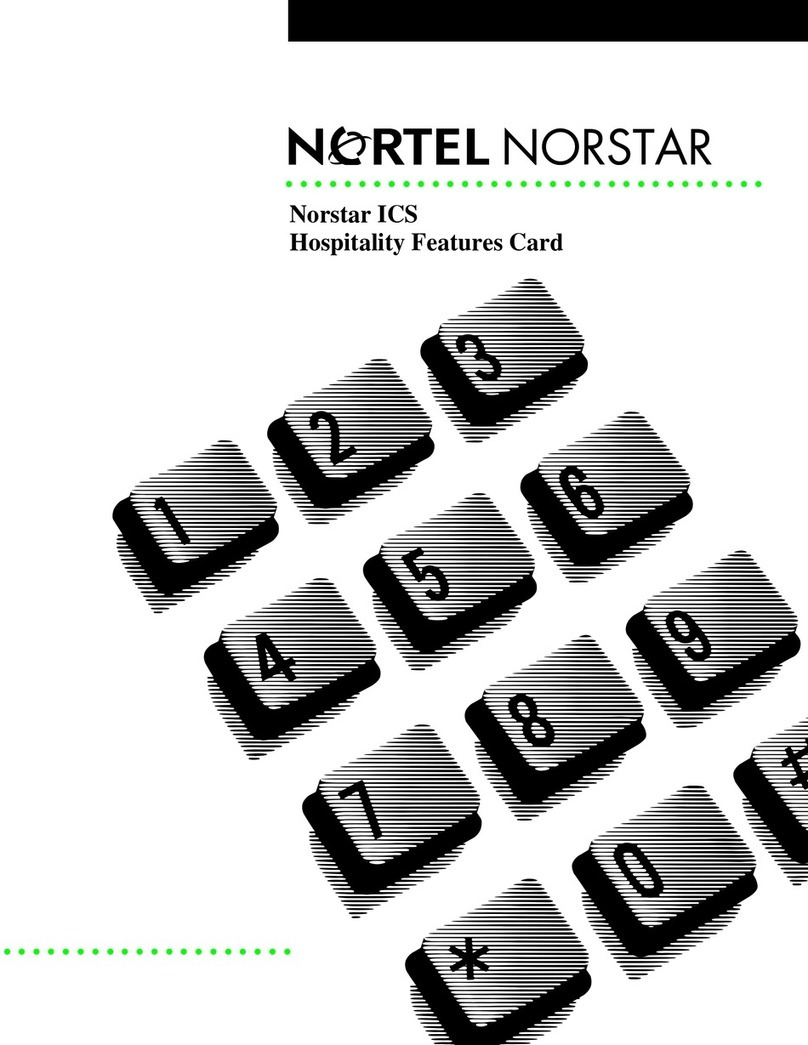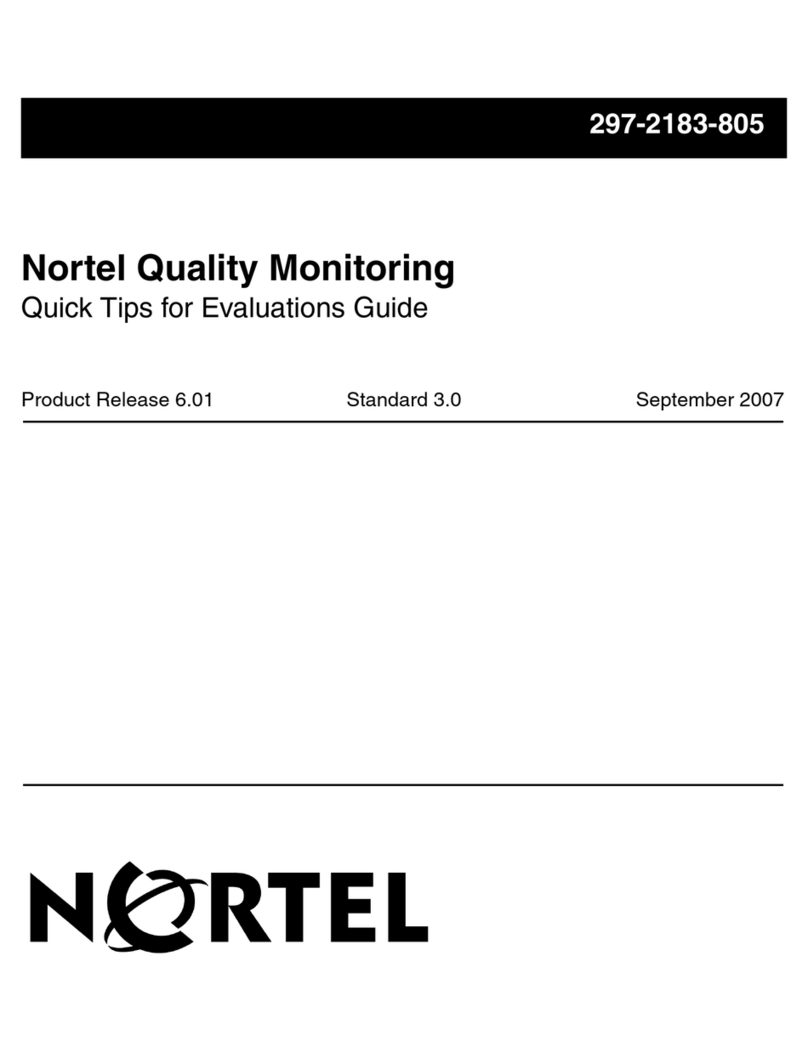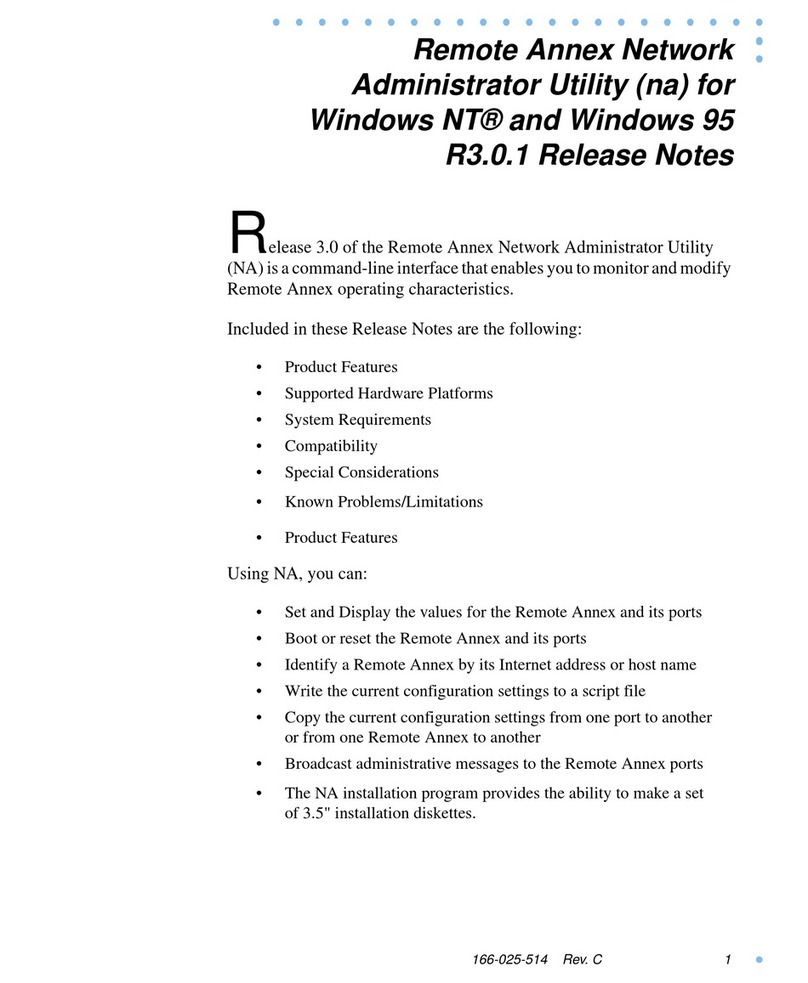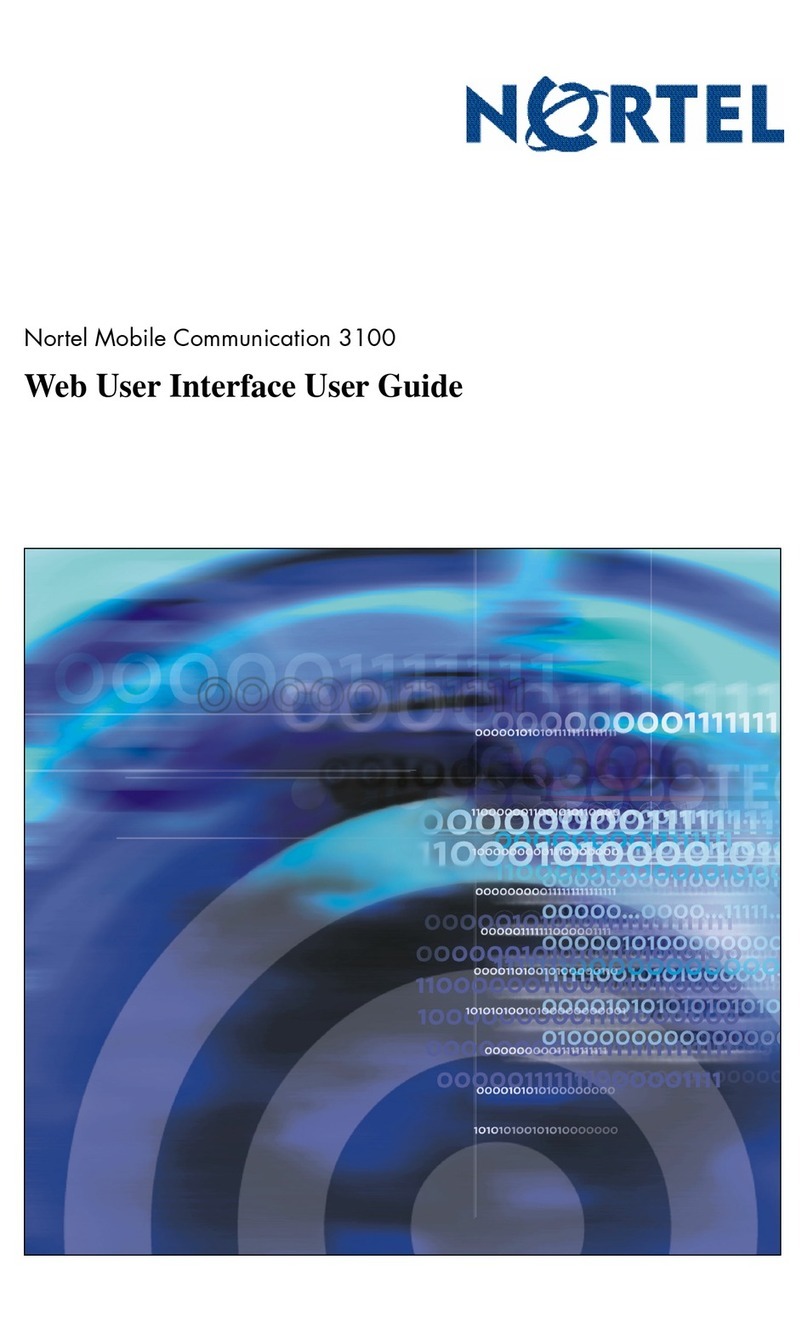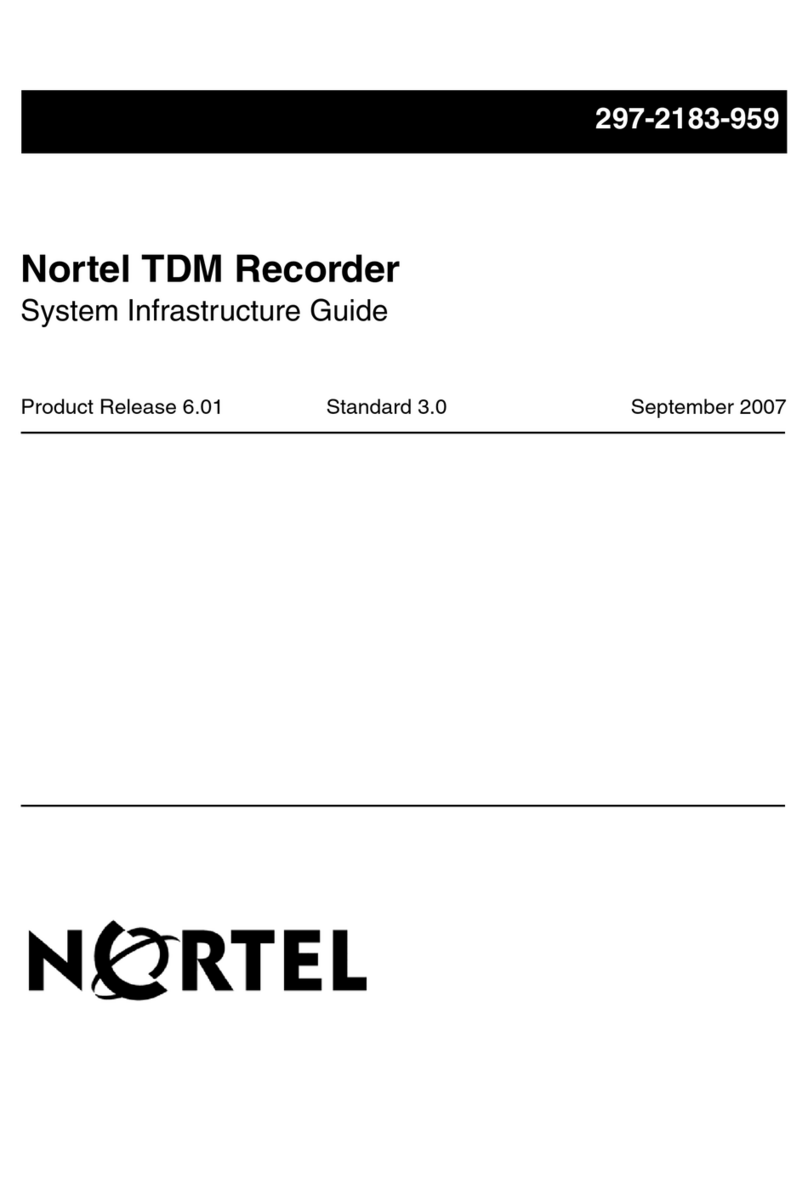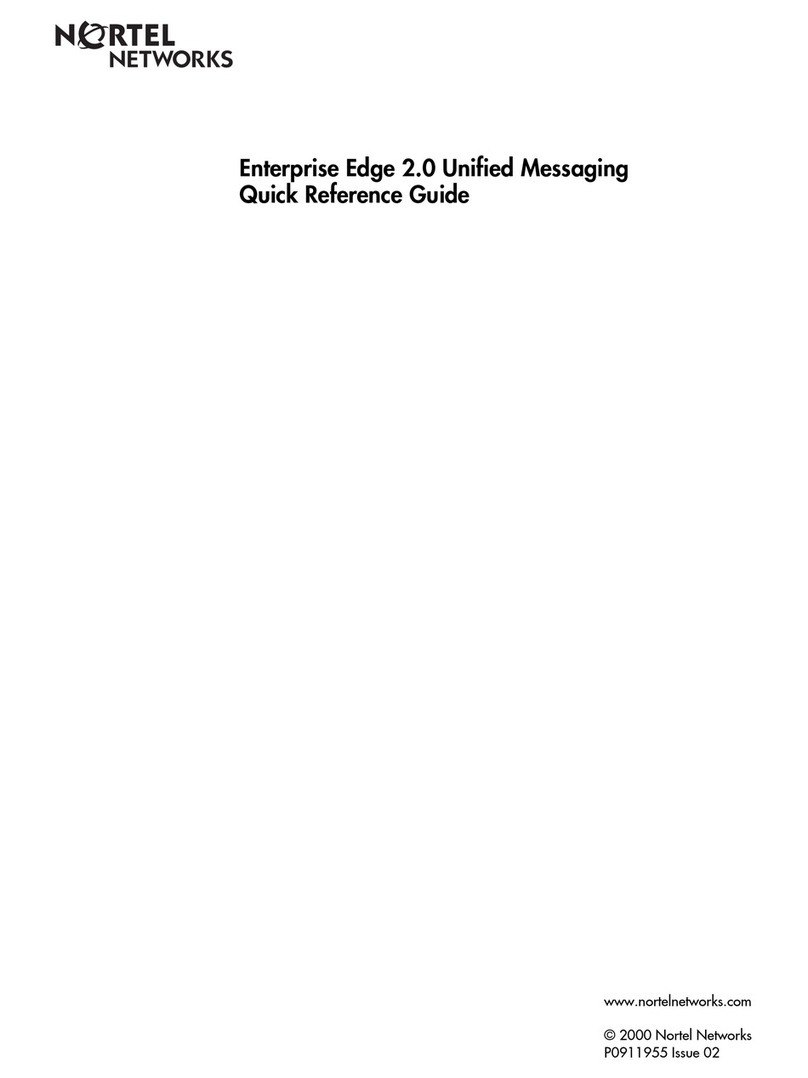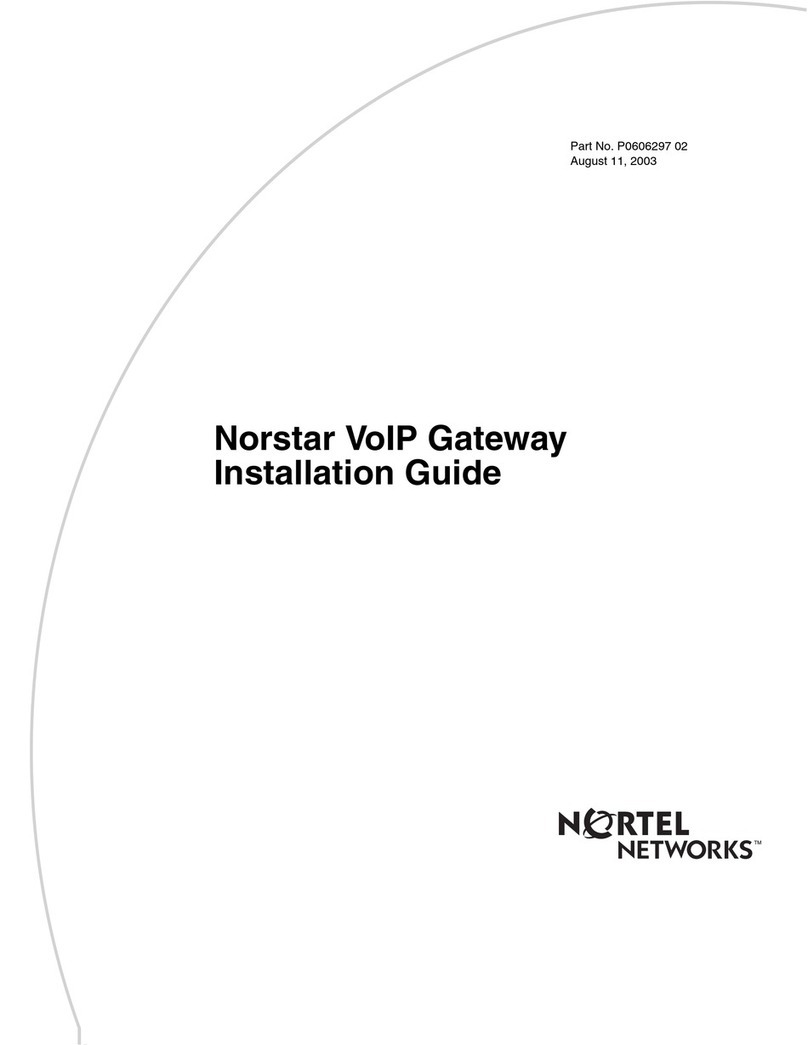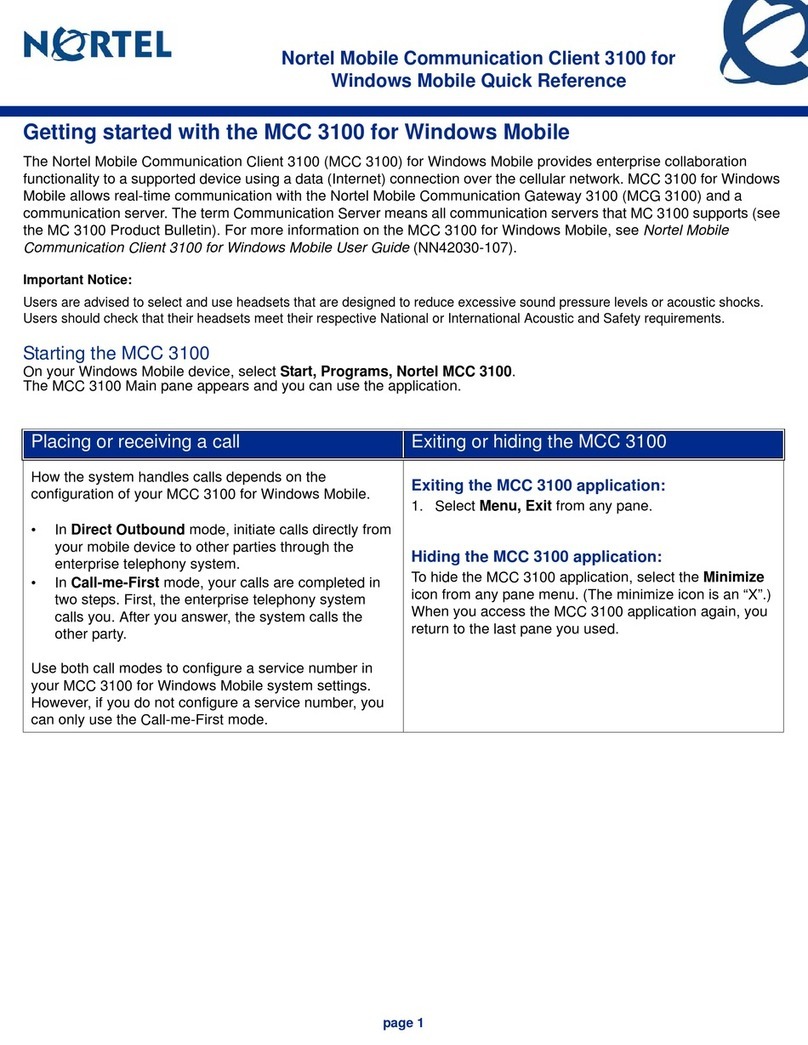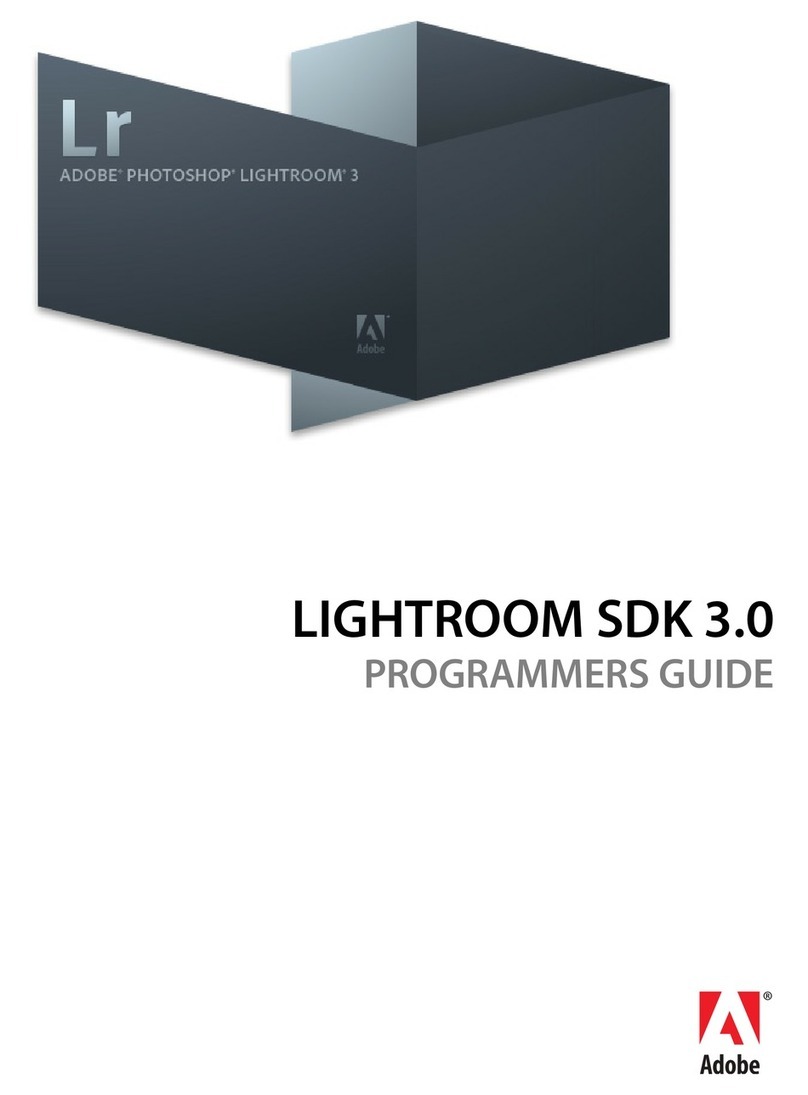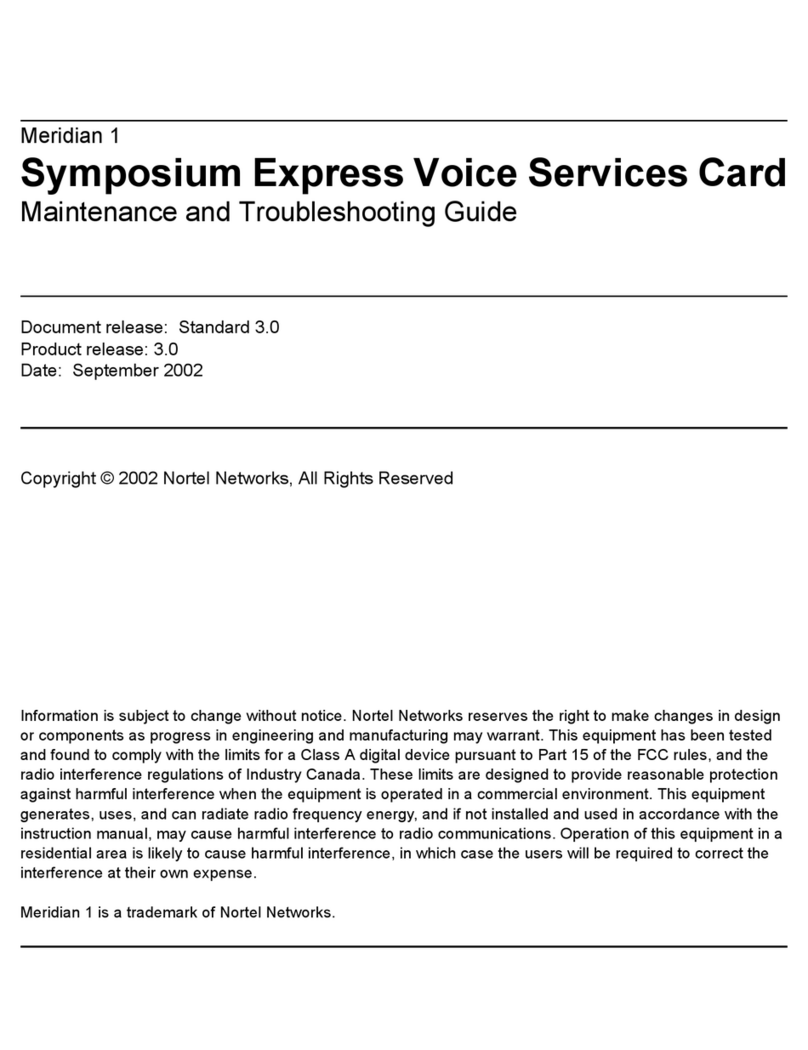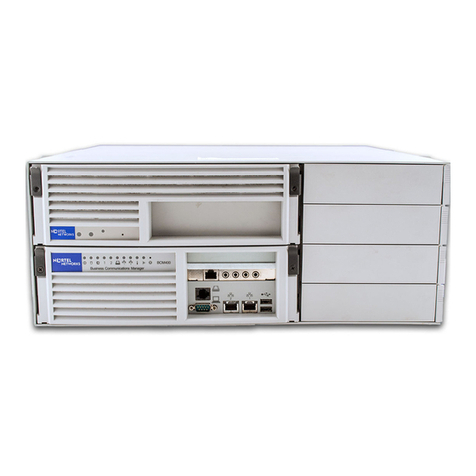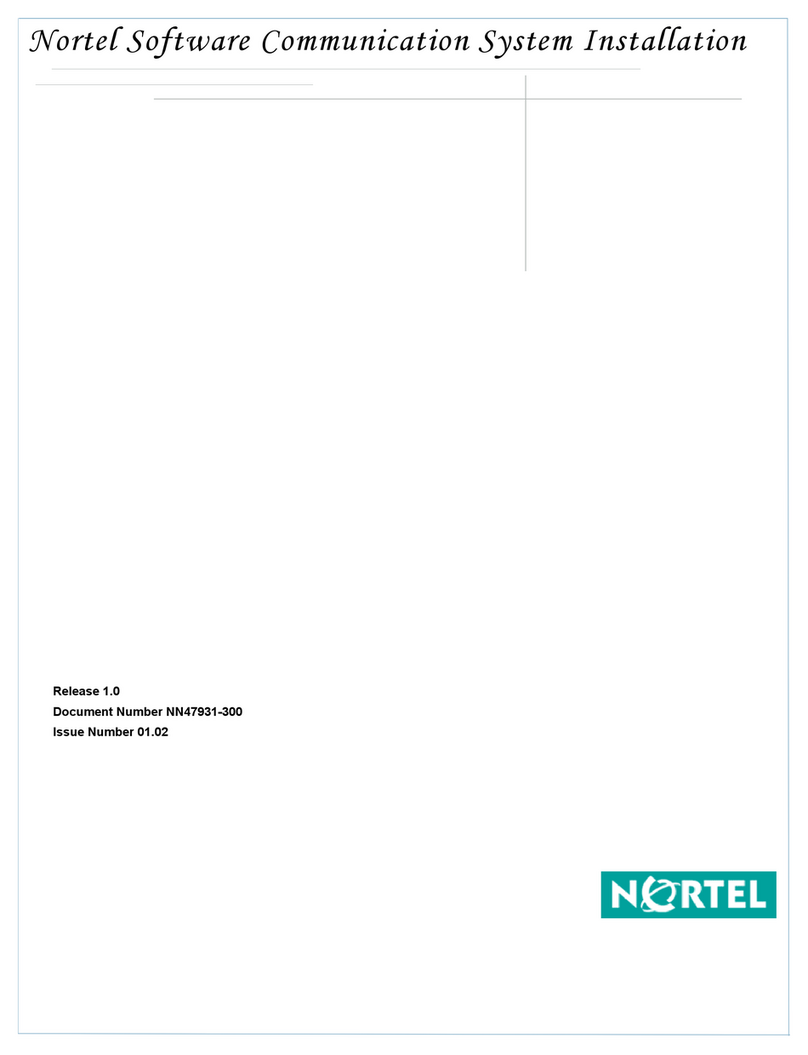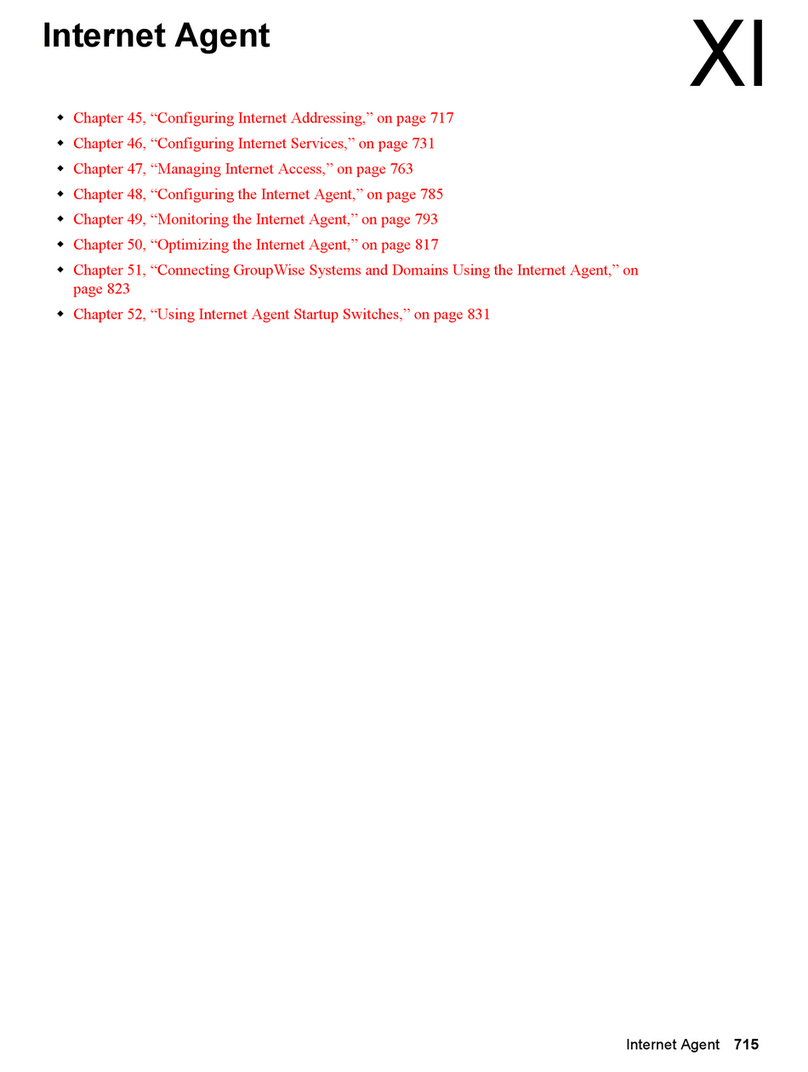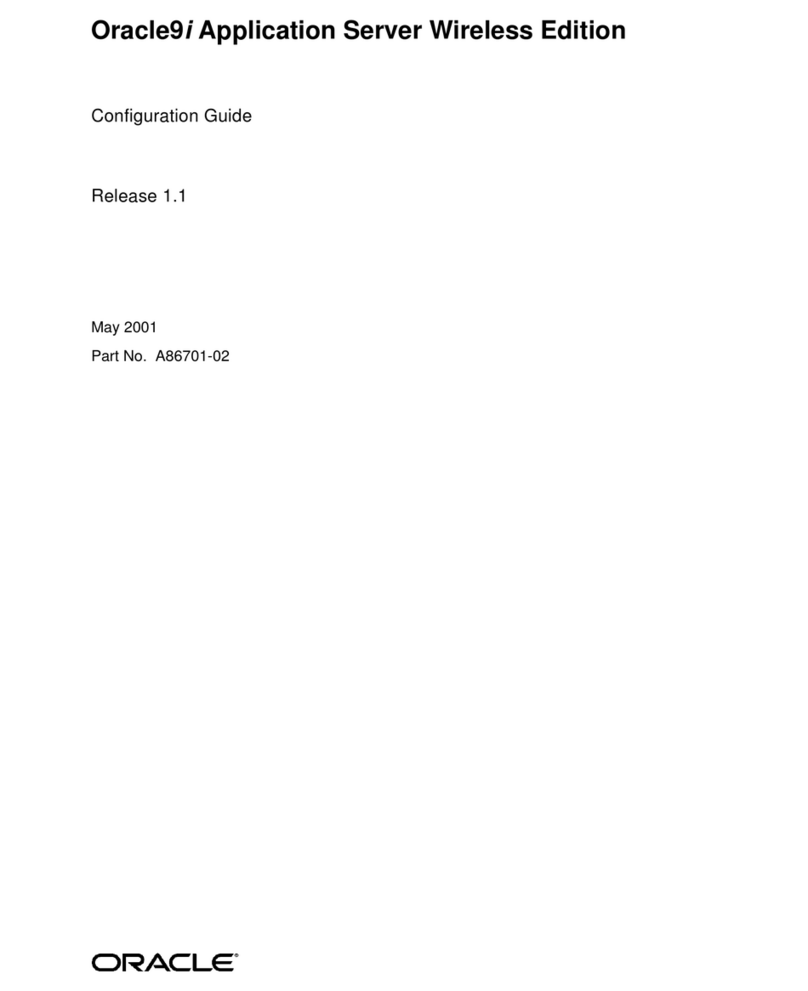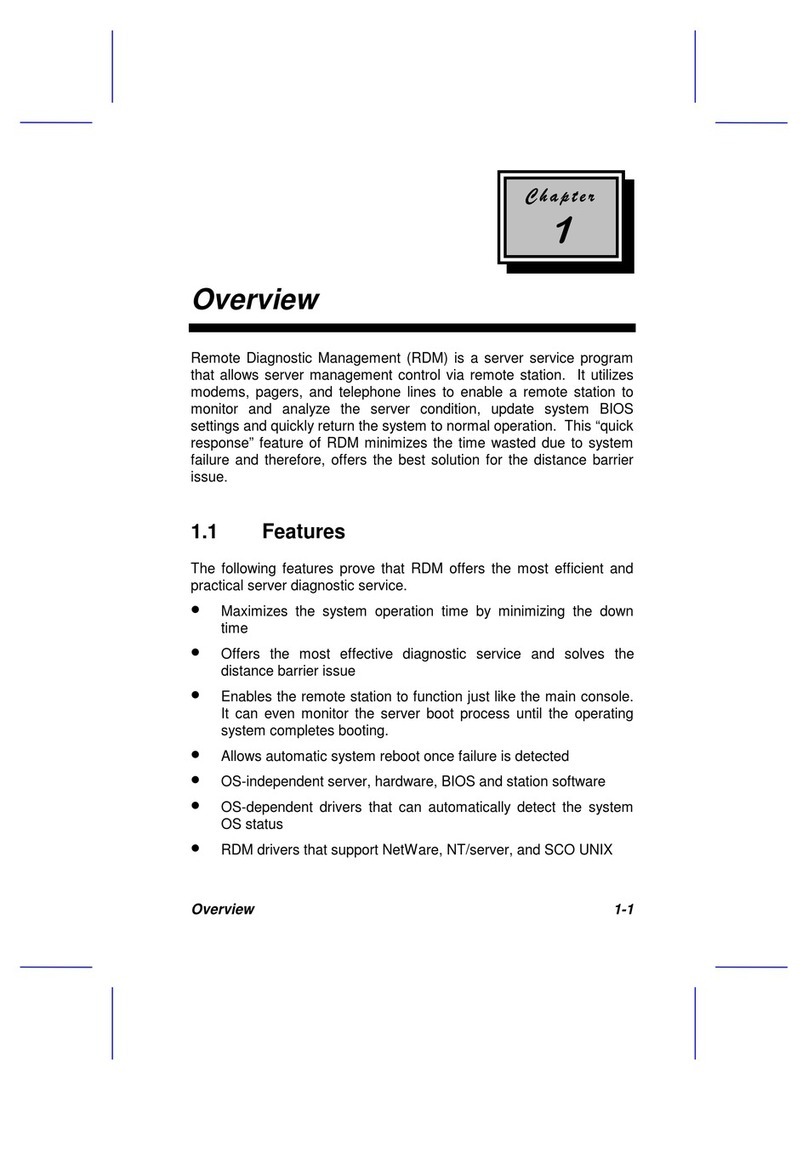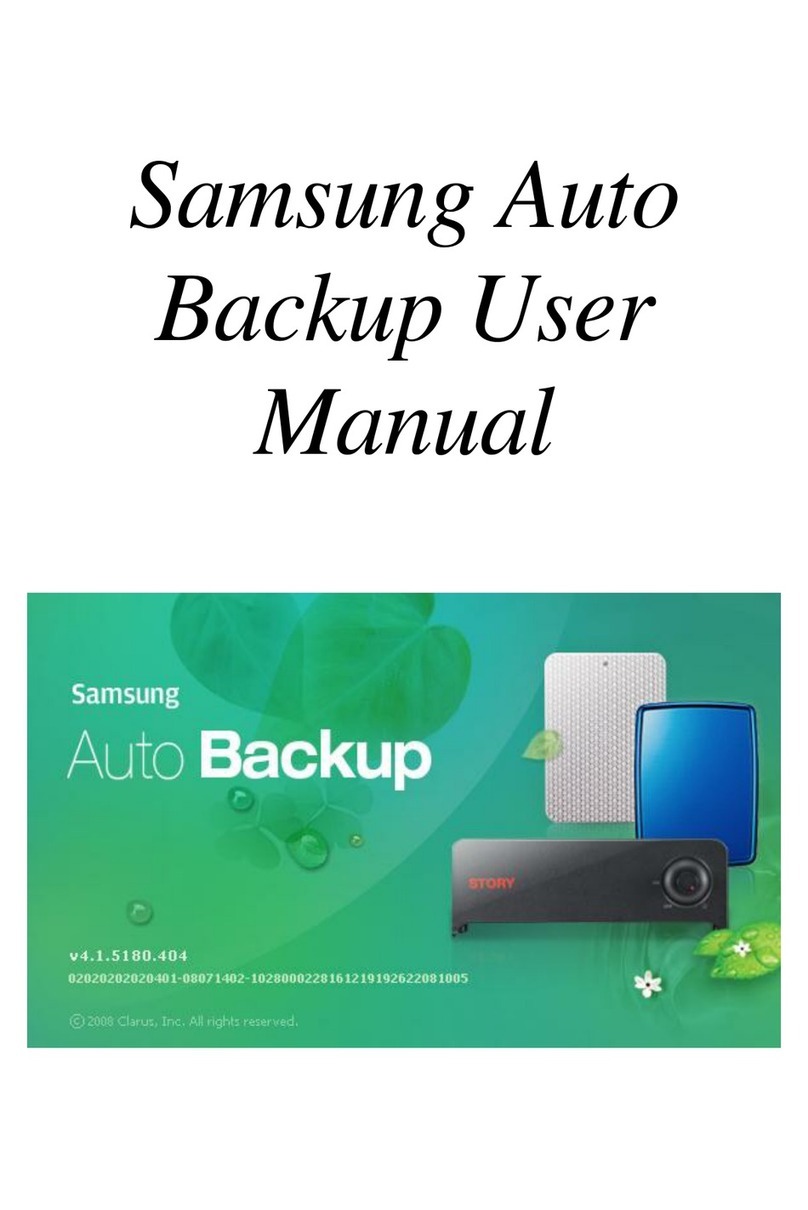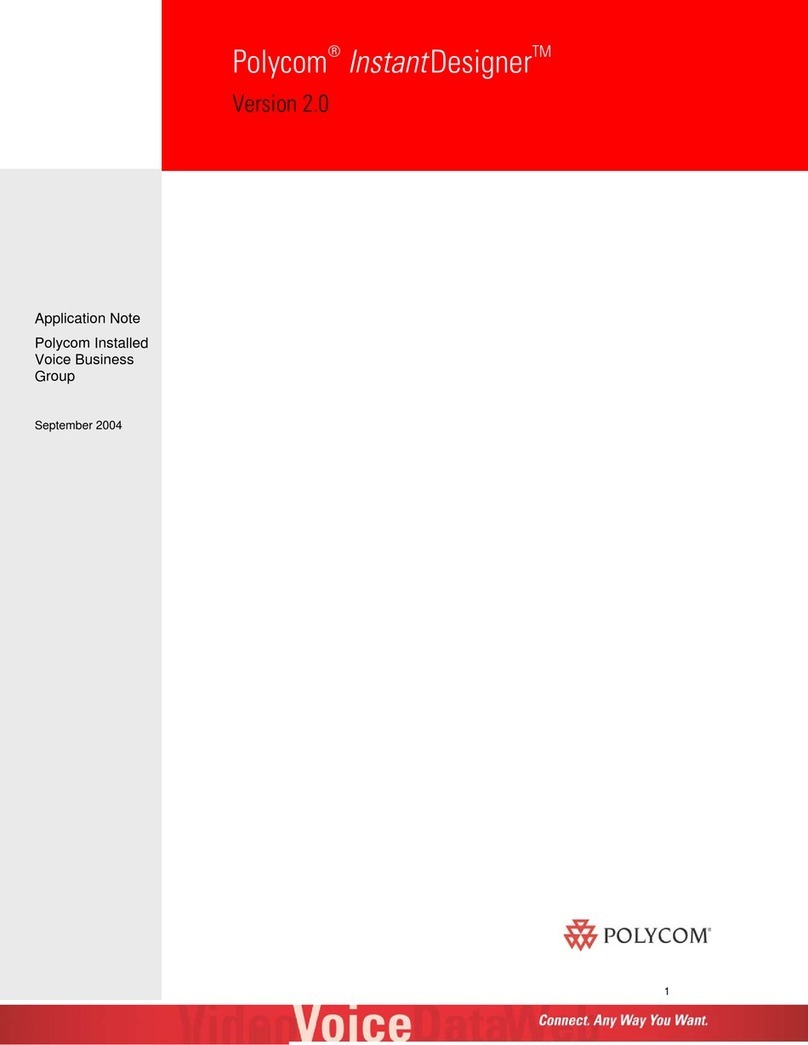
4
Speech Recognition Automated Attendant feature descriptions
Speech Recognition Automated Attendant Set Up and Operation Guide P0886635 Issue 1.0
When the caller speaks a name, the Speech Recognition Automated Attendant
attempts to match the spoken name with the spoken name from the Company
Directory. The Speech Recognition Automated Attendant plays best match to the
caller using the spoken name recorded in the Company Directory. After a match is
found, the default confirmation prompt “
Did you say: <spoken name>?”
plays.
You can record your own customized Speech Recognition Automated Attendant
confirmation prompt. For example,
"Do you want to be transfered to <spoken
name>?”
The Speech Recognition Automated Attendant waits for a “yes” or “no” answer. If
the caller says “yes”, the caller is transferred to the appropriate extension or to a
mailbox if the person does not have an extension. If the caller says “no”, the Speech
Recognition Automated Attendant prompts the caller for another name, except in
the case of homonyms. For more information about homonyms, refer to Handling
homonyms. Any names that have been previously declined are automatically
eliminated before the system selects the next best match. The default decline
prompt is “
Following the tone, please say the name of the person you wish to reach
or enter the extension, or press 0 to speak with an operator”
. You can record your
own customized Speech Recognition Automated Attendant declined prompt.
After the caller speaks the name again, the Speech Recognition Automated
Attendant attempts to match spoken name with a spoken name from the Company
Directory. If the second attempt by the caller does not result in a successful match,
the system transfers the caller to either the Automated Attendant or to a Custom
Call Routing (CCR) Tree, depending on your Norstar Voice Mail configuration.
Handling homonyms
People with identical sounding recorded names (John, Jon) in the Company
Directory produce homonyms. If the Company Directory contains one or more
homonyms for a spoken name, the Speech Recognition Automated Attendant
proposes each homonym to the caller until a name is selected, or the list of
homonyms is exhausted.
If the Speech Recognition Automated Attendant determines that there are too many
homonyms to be presented to the caller, a message is played indicating that too
many similar names have been found. The caller is then transferred to the
Automated Attendant or to a Custom Call Routing (CCR) Tree, depending on your
Norstar Voice Mail configuration.
While callers may be able to differentiate homonyms by the recorded voice names,
users who have homonyms should include some additional identifying information
when they record their name in the Company Directory. For example, “David
Smith, Software Development”. For more information refer to "Optimizing the
Company Directory for use with the Speech Recognition Automated Attendant" on
page 12 and "Creating a Speech Recognition Directory alias" on page 15.
